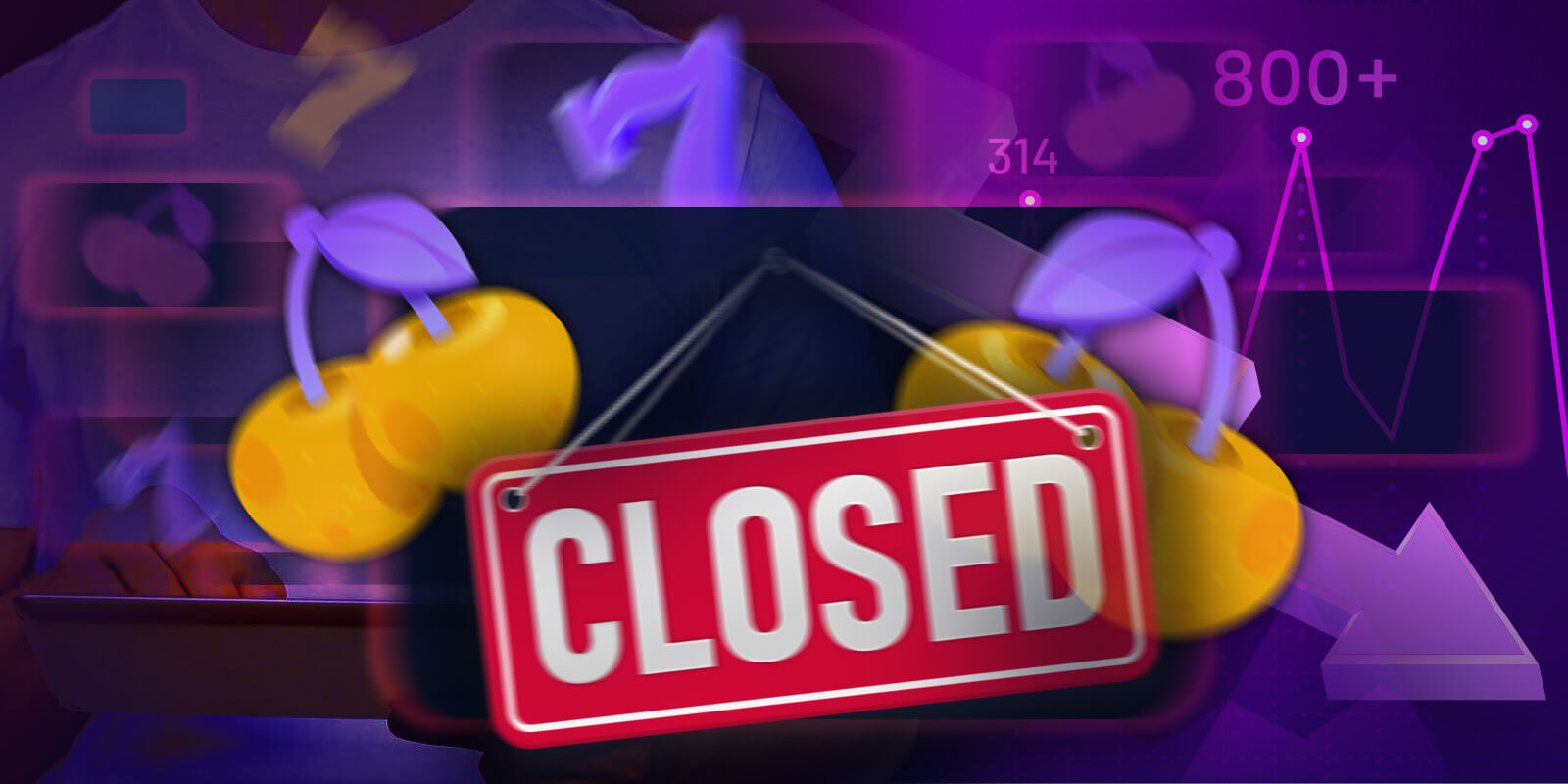How Often Does VAR Overturn a Goal Decision in Major Leagues?

Affiliate Disclosure : We earn a commission from partners links on BetterGambling. Commissions do not affect our editors' reviews, recommendations, or ratings.
If Opta data is anything to go by, approximately 33% of VAR (Video Assistant Referee) checks in the English Premier League overturn on-field referee decisions. From handballs and offsides to fouls inside and outside the box, we have seen what this technology can do.
Its accuracy is open for debate, but the Premier League says that VAR has increased the correctness of decisions by 14%. That includes overturning goal decisions. But how often does this happen?
- How Often Are Goal Decisions Overturned by VAR?
- Conditional Probability: When Are Goals Most Likely to Be Overturned?
- League-by-League Comparison: Which Competitions Use VAR Most Aggressively?
- Impact on Betting Markets: Odds Volatility During VAR Reviews
- Where We Got Our Information – Sources & References
How Often Are Goal Decisions Overturned by VAR?
Let’s combine the most recent data and that of past seasons to come to a better conclusion. In the 2024/25 English Premier League season (ongoing at the time of writing), there were 97 VAR goal overturns as of April 23. Out of these, 45 overturns led to disallowed goals, and 30 resulted in awarded goals.
In the La Liga 2024/25 season, VAR was used 162 times for goals. This is more than last season and nearly a record. Here, about 1 in every 15 to 40 goals is disallowed by VAR. That’s around 2.5% to 6.67%.
In Serie A, back in the 2017/18 season, VAR was used in 397 matches and 117 calls were overturned. Therefore, the odds of VAR goal overturns greatly vary by league.
Breaking Down the Reasons: Offside, Handball, and Fouls
Using the EPL as an example, the main reasons for these overturns were:
- Offside: 32 ruled out, 8 awarded. Total is 40 (73% of goal overturns)
- Handball: 7 disallowed (13%)
- Fouls: 4 disallowed (7%)
- Ball out of play: 3 disallowed (5%)
- Others, like ball out of play: 1 (2%)
La Liga now uses semi-automated offside technology, and in the 2024/25 season, it corrected 36 offside decisions, up from 22 the previous year.
Conditional Probability: When Are Goals Most Likely to Be Overturned?
Goals are more likely to be overturned by VAR when there are certain prevailing conditions. From our experience, the most common ones are:
- Offside: Goals scored with marginal offside positions are frequently reviewed and overturned. This is the most common reason.
- Handball in Counterattacks: Unintentional handballs leading to goals are often penalized, especially under stringent interpretations.
- Crowded Penalty Boxes: When corners or free kicks are being taken, there’s lots of contact. If a goal comes from a push or block, VAR often steps in.
- Fouls in Attack: Minor fouls during goal-scoring plays can lead to disallowed goals upon VAR review.
To calculate the actual probability of this happening, we devised the following formula:
P(Overturn | Reason) = Overturns of That Type / Total Reviews of That Type
League-by-League Comparison: Which Competitions Use VAR Most Aggressively?
| League | VAR Checks per Match | Goal Overturn Rate | Notes |
|---|---|---|---|
| Premier League | 1 every 2 matches | 66% | Very strict, with lines drawn for offside |
| La Liga | 1 every 2.5 matches | 57% | Usually checks for fouls and handballs |
| Serie A | 1 every 3 matches | 51% | Slightly looser, lets some contact go |
| Bundesliga | 1 in every 3 matches | 48% | Quicker reviews, fewer small fouls flagged |
Impact on Betting Markets: Odds Volatility During VAR Reviews
As someone who’s been involved in sportsbook odds-making, I can confirm that VAR reviews cause controlled chaos in the sportsbook’s backend. That’s when:
- Bookmakers pause live odds as soon as the VAR review begins, especially for a possible goal.
- You’ll see markets suspended. While you see a frozen market, internal pricing models are running two sets of odds. One assumes the goal stands and the other one assumes the goal is overturned. As soon as the decision is made one gets published instantly, sometimes within a second or two.
- Once the referee announces the VAR decision, the bookie adjusts the odds immediately. If the goal is ruled out, prices go back to what they were, but also factor in momentum shifts (e.g. emotional deflation or crowd response).
Take this as an example: You bet Over 2.5 goals and the score is 1–1 in the 80th minute. Team A scores, but there’s a possible foul, so VAR comes into play. If the goal stands you’re one goal closer. If not the odds for Over 2.5 rise again.
We also noticed during our time inside that even after the VAR call is made some sportsbooks delay market reopening by 5–10 seconds. This is to protect themselves against data lags or smart bettors who might already know the decision from unofficial feeds.
Some bookies will even cancel your bet if a goal is ruled out just after you place it. So always check the rules.




